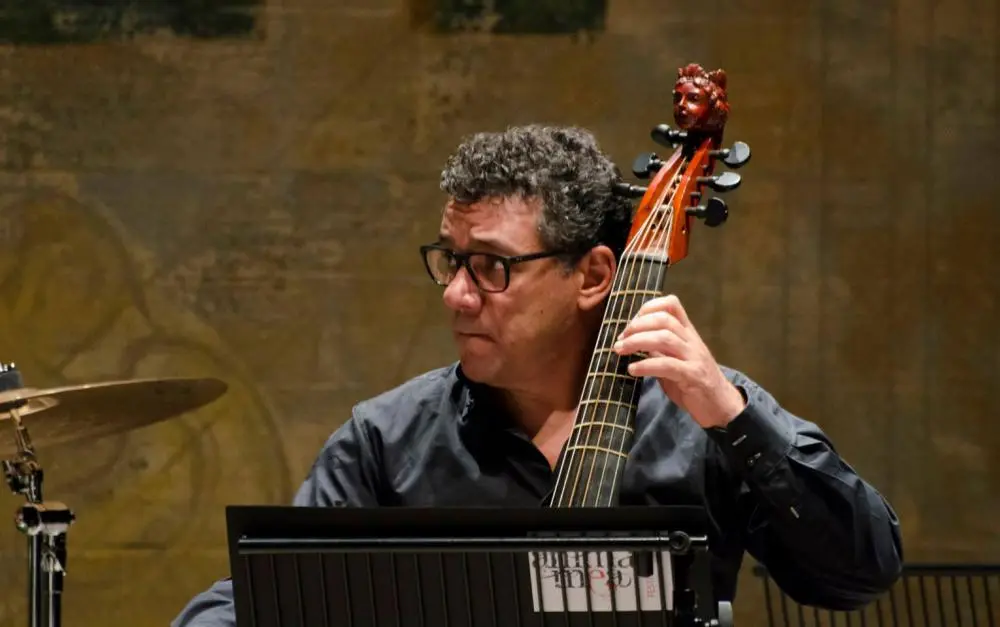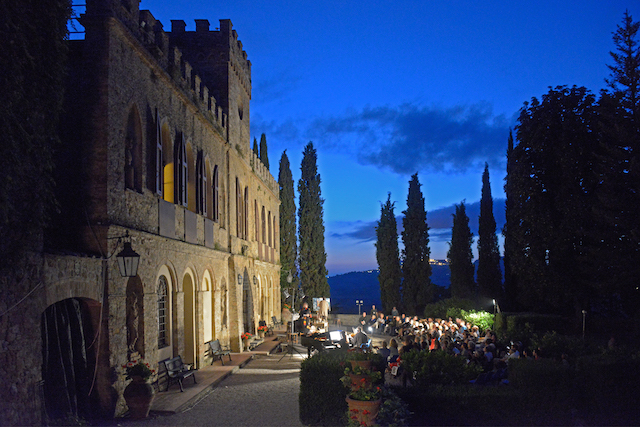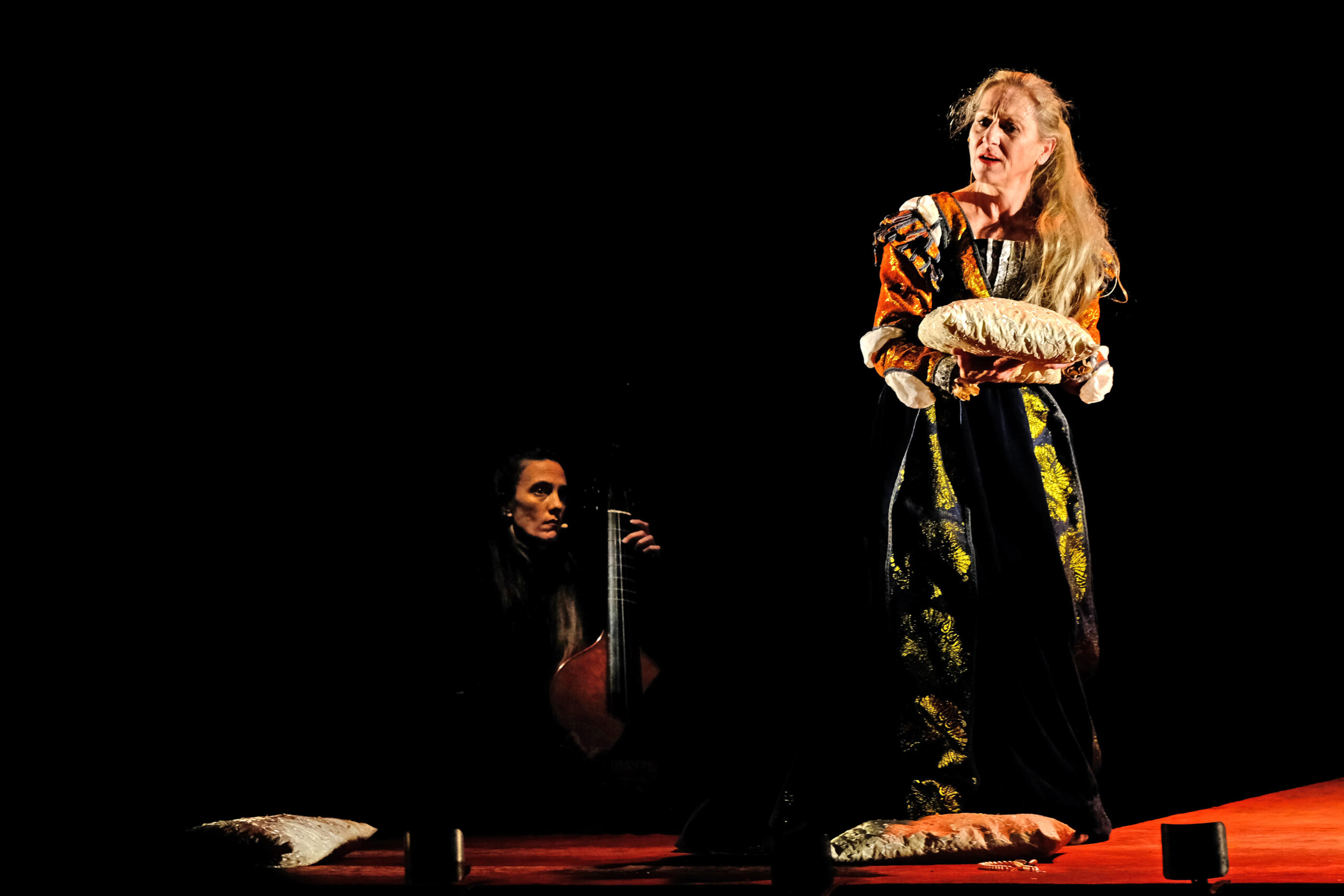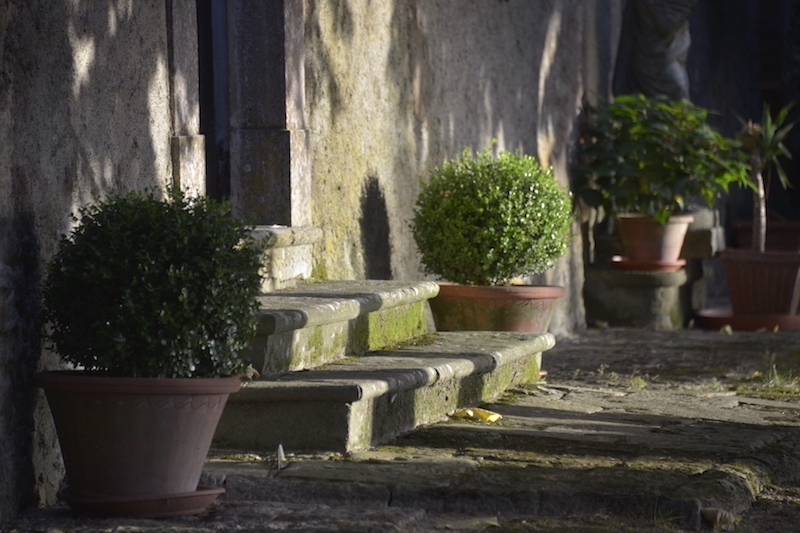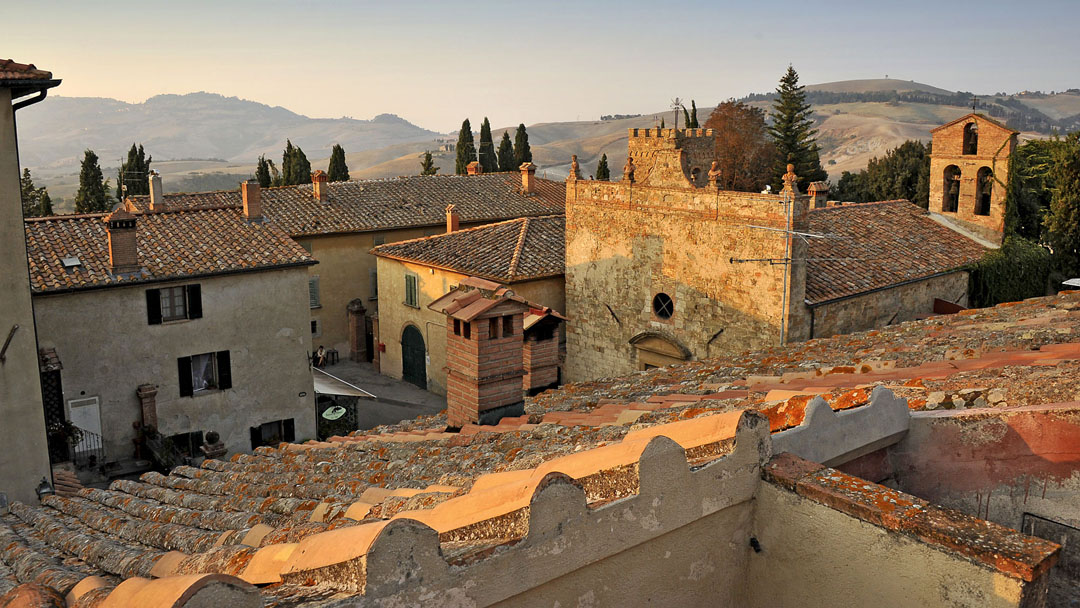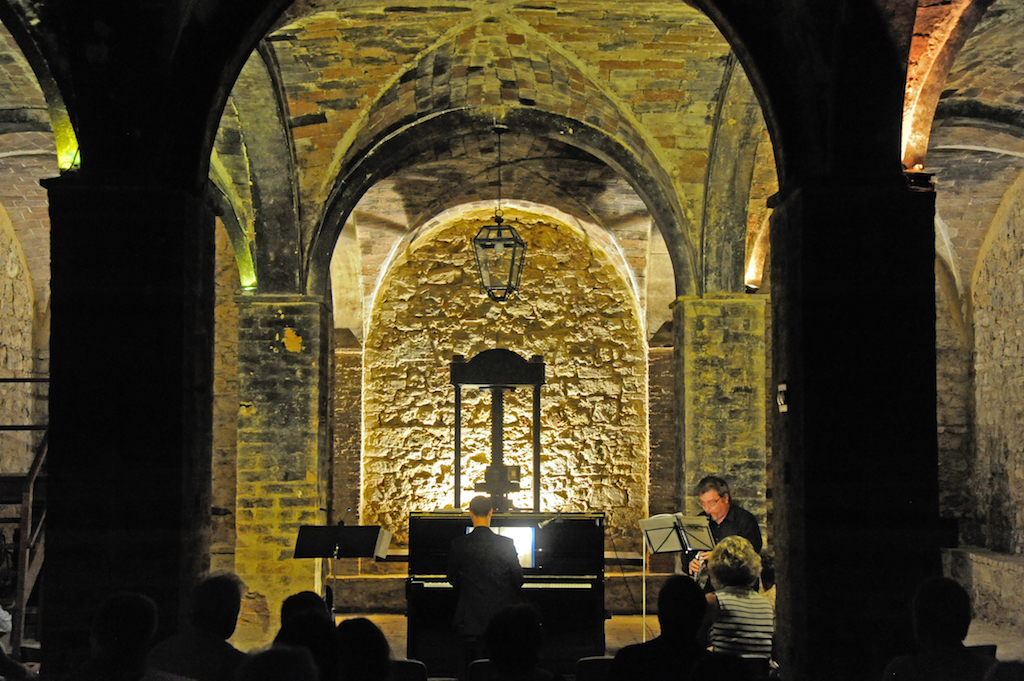26/08 | Monday | 21.00 | 15€
Mazzolla – Tinaio Villa Viti
MUSICA ANTICA
SOLI DEO GLORIA
CORALI FIGURATI DI J.S. BACH
Ensemble Orfeo Futuro
soprano – Angelica Disanto
soprano di viola – Luciana Elizondo
tenore di viola – Antonella Parisi
basso di viola – Gaetano Simone
violone – Gioacchino De Padova
organo – Carlo Maria Barile
Programma
BWV 737 (1703) Vater unser im Himmel – Corale figurato
BWV 584 (1725) Trio in sol minore
BWV 641 (1713) Wenn wir in höchsten Nöten sein – Corale figurato
BWV 227 (1723) Jesu, meine Freude – Corale / So nun der Geist des – Coro
BVW 51 (1730) Wir beten – Recitativo / Höchster – Aria / Sei Lob und Preis – Corale
BWV 731 (1708) Liebster Jesu! – Corale figurato
BWV 895 (?) Wer nur den lieben Gott lasst walten – Preludio
BWV 690 Corale
BWV 895 Fuga a 4
BWV 627 (1713) Christ ist erstanden – Corale figurato
BWV 625 (1713) Christ lag in Todesbanden – Corale figurato
BWV 659 (1708) Nun komm, der Heiden Heiland – Corale figurato
BWV 199 (1713) Auf diese Schmerzen – Recitativo / Ich, dein betrübtes Kind – Corale / Ich lege mich in diese Wunden – Recitativo / Wie freudig ist mein Herz – Aria
BWV 147 (1723) Jesus bleibet meine Freude – Corale
BWV 636 (1703) Vater unser im Himmelreich – Corale figurato
l Corale è il cuore musicale della Riforma Luterana; in esso si concentrano diversi punti di forza della teologia riformata, in particolare della volontà espressa da Lutero di intercettare nella liturgia la più radicata sensibilità popolare. Partire da canti semplici e appartenenti ‘naturalmente’ alla memoria del popolo più umile, o perché pescati realmente nel canto popolare o perché scritti da autori in stile ‘popolareggiante’, purchè corrispondano a due criteri: essere di facile memorizzazione ed essere adatti ad un trattamento polifonico a sua volta lineare e che non ‘coprra’ l’originaria semplicità. Il Corale è il luogo musicale e liturgico dove Lutero e i suoi proseliti possono intrecciare popolo ed intellettuali. Ogni frequentatore della liturgia luterana è abituato all’idea che nel corso della celebrazione avrà modo di cantare qualcosa che conosce da sempre e che questo canto potrà essere trattato ogni volta con una nuova versione a più voci omoritmiche proposta dall’organista o dal coro; egli sa anche che a questa esecuzione ‘dotta’ ciascuno potrà contribuire cantando ‘ciò che già conosce’. Entrando in chiesa vedrà il tabellone che indica i numeri dei Corali del giorno e riconoscerà da essi ciò che canterà. Questo è accaduto ogni giorno in ogni angolo dell’ Europa protestante da Lutero in poi, formando insieme
tanto l’appartenenza di fede che l’acculturazione musicale del popolo. Poi c’è il Corale Figurato, e poi c’è Bach. Qui accade che, senza rinunciare alla linea di canto ‘popolare’ entra nella pratica del Corale tutta la sapienza dell’improvvisazione all’organo e tutto il contrappunto della tradizione musicale tedesca: il caleidoscopio delle fughe, delle imitazioni, dei procedimenti espliciti o enigmatici, la scienza dei canoni, diventano il mare dove nuota il canone-delfino, di cui avvertiamo la presenza anche quando si immerge per poi rispuntare più splendente di prima per poi tornare ad immergersi nel mare-contrappunto. L’organo è l’artefice prediletto di questo gioco apparentemente senza fine che ci ha lasciato Johann Sebastian Bach: è con le tastiere e le pedaliere di questo ‘principe’ degli strumenti che si gioca il Corale Figurato. Però, avendo lo stesso Bach infilato melodie di Corali un po’ ovunque nella sua produzione di Cantate e Sonate, scritte per le più diverse combinazioni di voci e strumenti, abbiamo immaginato di poter continuare il gioco trasportando i suoi Corali Figurati per organo in un complesso che comprendesse le viole, gli strumenti più idonei alla polifonia. La voce umana invece, una sola voce umana, è il nostro ritorno a ciò che ha generato tutta la storia di questo genere di musica: la semplice linea di un canto che ognuno conosce, anche chi non l’ha mai sentito. (Gioacchino De Padova)
The Chorale is the musical heart of the Lutheran Reformation; in it, various strengths of Reformed theology converge, particularly Luther’s expressed desire to intercept the deepest sensibilities of the people in the liturgy. Starting from simple songs naturally belonging to the memory of the humblest people, whether taken from folk songs or written by authors in a folk style, provided they meet two criteria: easy memorization and suitability for linear polyphonic treatment without obscuring the original simplicity. The Chorale is the musical and liturgical space where Luther and his followers can intertwine the people and intellectuals. Every attendee of the Lutheran liturgy is accustomed to the idea that during the celebration, they will have the opportunity to sing something they have always known, and that this song can be treated each time with a new version in multiple voices proposed by the organist or choir; they also know that everyone can contribute to this “learned” performance by singing “what they already know.” Upon entering the church, they will see the board indicating the numbers of the Chorales of the day and will recognize from them what they will sing. This has happened every day in every corner of Protestant Europe from Luther onwards, forming both the belonging of faith and the musical acculturation of the people. Then there is the Figured Chorale, and then there is Bach. Here, without giving up the “folk” singing line, all the wisdom of organ improvisation and all the counterpoint of the German musical tradition enter into Chorale practice: the kaleidoscope of fugues, imitations, explicit or enigmatic procedures, the science of canons, become the sea where the canon-dolphin swims, whose presence we feel even when it dives to then reappear brighter than before before diving back into the sea-counterpoint. The organ is the favorite craftsman of this seemingly endless game left to us by Johann Sebastian Bach: it is with the keyboards and pedals of this “prince” of instruments that the Figured Chorale is played. However, since Bach himself inserted Chorale melodies almost everywhere in his production of Cantatas and Sonatas, written for the most diverse combinations of voices and instruments, we have imagined being able to continue the game by transposing his Figured Chorales for organ into an ensemble that includes violas, the most suitable instruments for polyphony. The human voice, on
the other hand, a single human voice, is our return to what generated the entire history of this genre of music: the simple line of a song that
everyone knows, even those who have never heard it. (Gioacchino De Padova)


